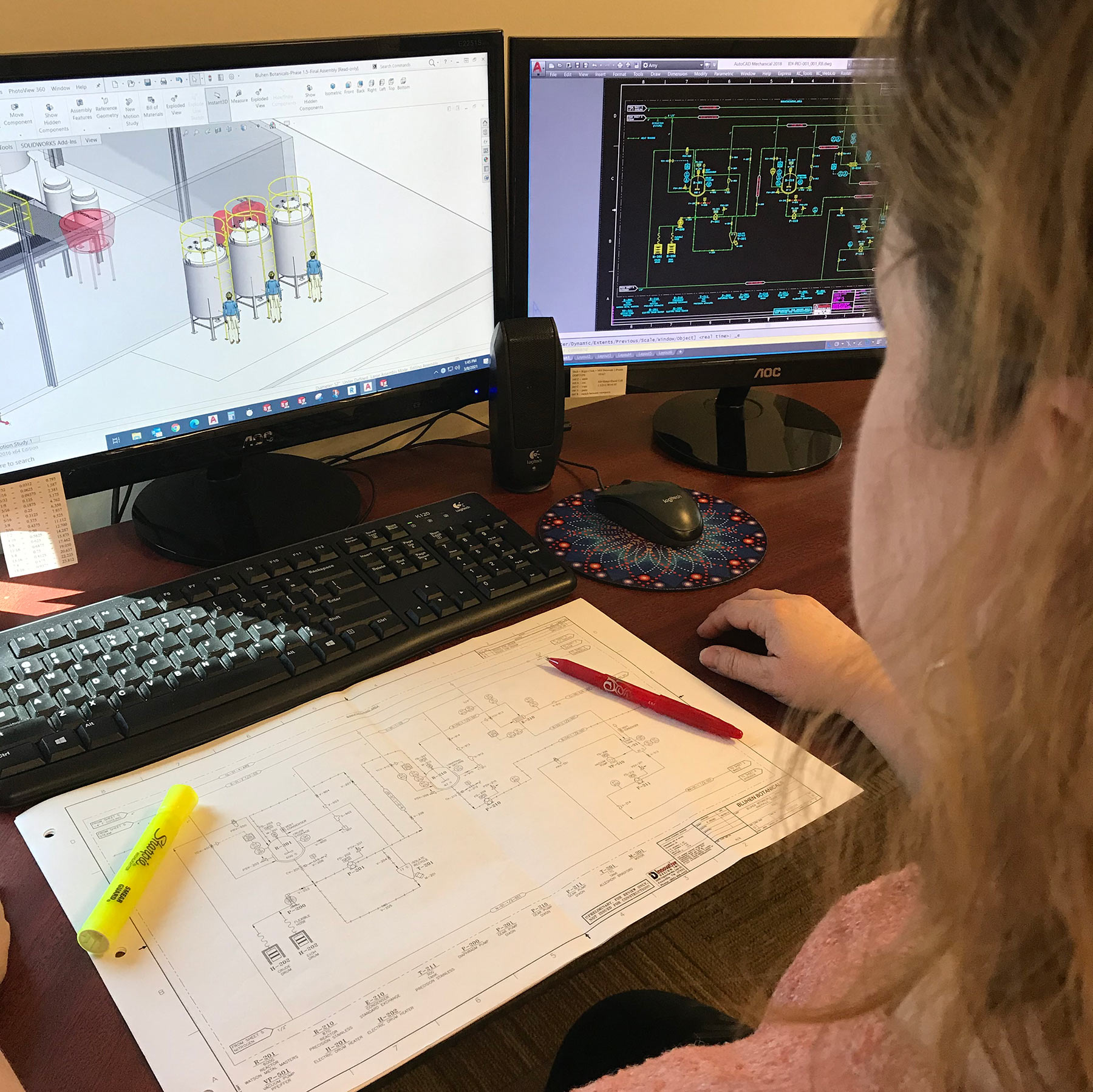From concept to fabrication, ask a process designer what he thinks about that P&ID?

In last month’s article: “Your next process project – why starting with those PFD’s and P&ID’s is the way to go”, we looked at why a Process Flow Diagram (PFD) is the first step, and why and how it evolves into a Piping and Instrumentation Diagram (P&ID) to help ensure a successful project. This month, we will look at the detail design phase of the project and discover just how important that “roadmap” really is.
Any experienced process engineer or designer will tell you at length why their jobs are made so much easier by beginning a process design with the P&ID, the “roadmap”. It provides clear direction from the beginning. Without it, the project can quickly become disorganized, thus creating additional cost due to continual rework.
We asked some of our engineers and designers what they think about P&ID’s.
“Without a P&ID at the start of the project a designer has no path to follow. Everything he does is basically guess-work and may need to be redone in the future. In some cases, the rework takes longer than if the designer had just waited on the P&ID to be completed before he had started.” David Carroll, IDI Sr. Process/Piping Designer
Working from an “in work” P&ID (meaning one that was not developed before detail design begins) that keeps changing because there wasn’t the initial roadmap has the potential to affect every aspect of the design, including piping layout, size, material, the type of connections, equipment layout, design envelope, equipment already ordered, support frame, detail drawings, etc. Sometimes what seems to be a small change can take a long time because the designer may have to rework a large area. Roger Reeves, IDI Sr. Process Designer
“Developing a P&ID at the start of a project is crucial to an efficient and orderly system design. It allows the engineer to develop the functionality of the system, thinking through how the system will operate and be controlled. The P&ID becomes a communication tool between process, controls, and operations personnel. It provides a roadmap for the engineer to select equipment, valves, and instruments to ensure all items are accounted for. The P&ID also clearly communicates to the designer the equipment, valves, and instruments that need to be arranged in the design space, allowing the designer to more efficiently plan the equipment layout.” Chad Madaychik, IDI Sr. Mechanical Engineer
In summary, let our decades of process design experience work for you and get your next project started off on the right foot. Build that “roadmap” early on and let it accelerate your project by reducing rework. Our engineers and designers are experts at finding innovative ways to solve your process problems and saving you $$$$$ down the road.